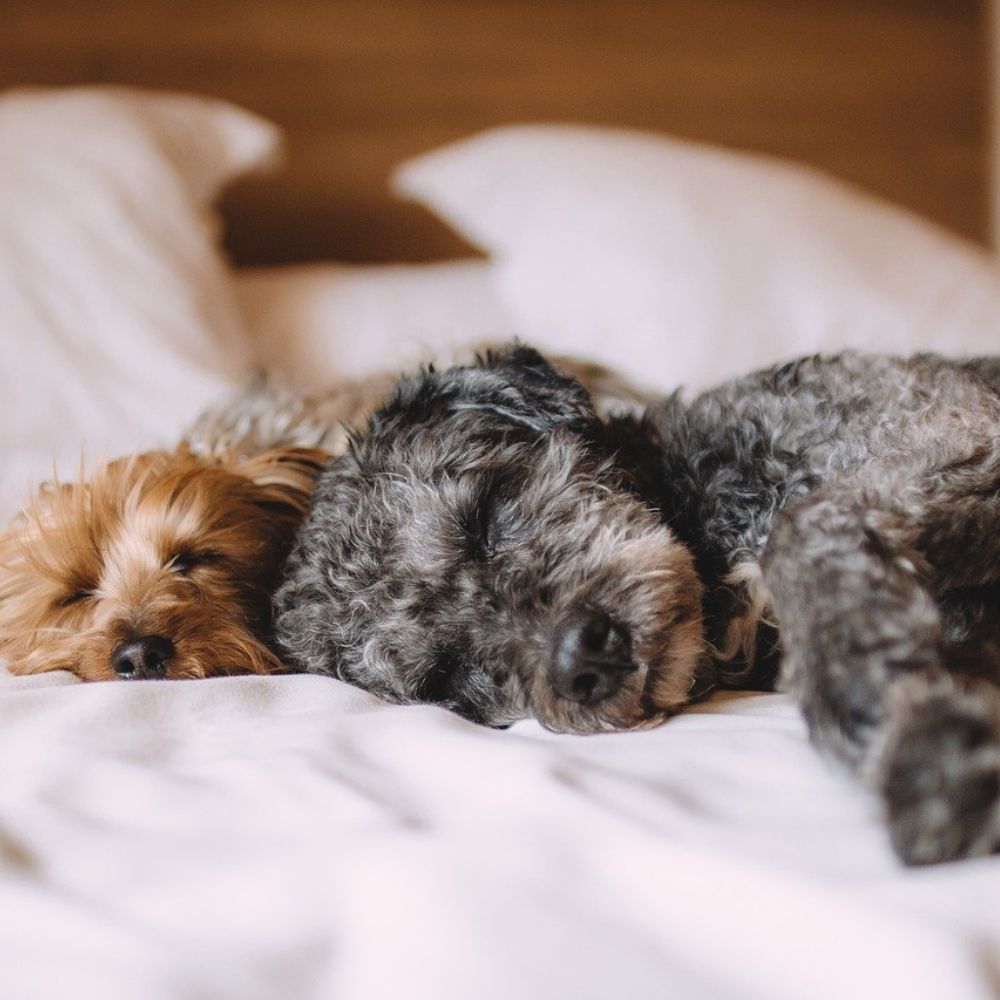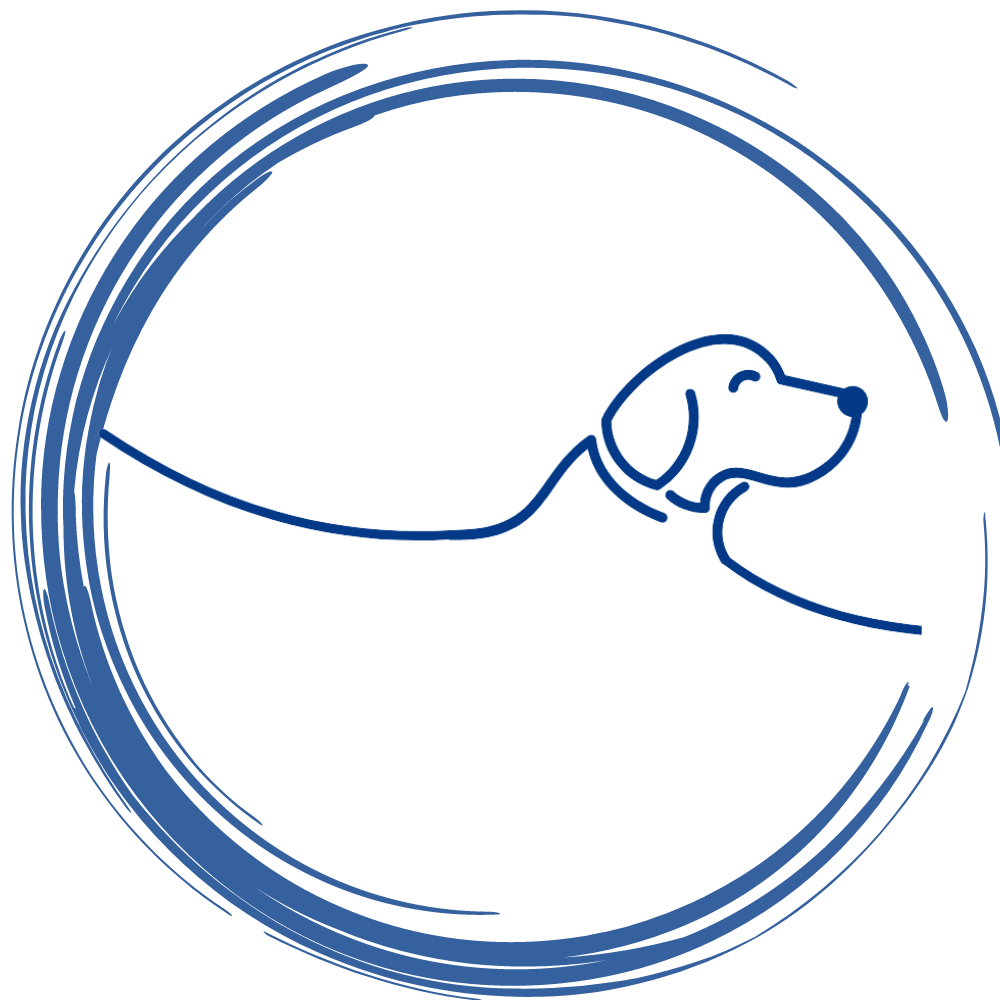Decoding Dog Sleeping Positions: Insights into Canine Comfort and Health

As dog owners, we often find ourselves captivated by our furry friends' sleeping positions. Whether they curl up like a ball or sprawl out with their paws in the air, their sleep habits can be both adorable and intriguing.
But have you ever wondered what these positions mean? Do they indicate anything about their health or overall well-being? In this article, we will delve into the fascinating world of dog sleeping positions, decoding their meanings and exploring the healthiest position for our beloved companions.
1. The Cuddle Bug: Curled Up Position

One of the most common dog sleeping positions is the curled-up position. Dogs who sleep in this posture generally tuck their paws under their body and curl their tail around their face.
This position mimics how dogs used to sleep in the wild, providing warmth and protection while conserving body heat. Dogs who prefer this position are often seeking comfort and security, as it allows them to feel safe and cozy.
2. The Belly Flopper: On Their Stomach

Many dogs enjoy sleeping on their stomachs, also known as the "belly flop" position. This posture allows dogs to cool down more easily as their underside is exposed to the air.
Dogs who sleep in this position are typically laid-back and confident in their surroundings. However, it's worth noting that this position may not be suitable for all dogs, especially those with certain health conditions such as respiratory issues or arthritis.
3. The Side Sleeper: Lying on the Side

If you've ever spotted your furry friend snoozing on their side with their legs extended, they are likely side sleepers. This position is a sign of trust and relaxation. Side sleeping allows the dog's muscles to fully relax and helps prevent overheating.
It's considered a healthy sleeping position for most dogs, as it promotes proper spinal alignment and allows for deep, restorative sleep.
4. The Upside-Down Dreamer: Legs in the Air

Some dogs have a penchant for snoozing on their backs with their legs stretched towards the sky. This position is often referred to as the "sploot" or "stretching out." Dogs who sleep in this manner display vulnerability and complete comfort in their surroundings.
Although it may not be the most common sleeping position, it can indicate a strong bond between the dog and its owner.
5. The Headrest Seeker: Using Pillows or Object

If you've noticed your dog using pillows, blankets, or even your shoes as a makeshift headrest, they're displaying resourcefulness and adaptability. Dogs who sleep in this way often seeking additional support or try to elevate their heads for better breathing.
While this position is generally harmless, it's important to ensure that the objects used for support are safe and pose no choking hazards.
The Healthiest Sleeping Position for Dogs
While there isn't a one-size-fits-all answer to the healthiest sleeping position for dogs, side sleeping is generally considered optimal. This position helps align the spine, allows for proper airflow, and promotes deep, restful sleep.
However, it's essential to take into account your individual dog's needs, comfort, and any underlying health conditions they may have. Consulting with your veterinarian can provide invaluable guidance on the best sleeping position for your furry friend.
Conclusion
Dog sleeping positions can reveal a lot about our four-legged companions' comfort, trust, and overall well-being. Understanding these positions allows us to better connect with our dogs and ensure their sleeping environments are conducive to their health.
While each dog may have their preference, side sleeping is generally considered the healthiest position. Remember, the most important thing is to create a safe, comfortable space for your furry friend to recharge and enjoy their well-deserved slumber.
How Dogs Sleep When They're Sick or in Pain
When dogs are sick or in pain, their sleeping positions can often change, providing insightful cues into their health status. An unusual change in your dog's sleeping habits could be a sign that they are feeling unwell.
One common sign is excessive sleep. Dogs who are not feeling well may sleep more than usual or seem excessively lethargic. If you notice your dog is sleeping more and is harder to wake up, this could be a sign of pain or illness.
Another sign could be that your dog starts sleeping in an isolated place. Dogs may choose to sleep away from their usual spot or away from the family when they are not feeling well. This could be a sign that they are in pain and need some quiet time alone.
Dogs may also choose positions that help alleviate their discomfort. For example, a dog with a stomach problem might sleep on their stomach to apply pressure and reduce discomfort. A dog with breathing difficulties might sleep sitting up or with their head elevated to make breathing easier.
Additionally, dogs may display restlessness when they are in pain. They might toss and turn, unable to find a comfortable position. They might wake up and move around frequently during the night, or they might whimper or cry out in their sleep.
Remember, any abnormal change in your dog's sleeping behavior warrants a consultation with a veterinarian. Early detection and treatment of potential health issues can significantly improve your pet's prognosis and quality of life.
If your dog exhibits any signs of illness or discomfort, it is recommended to consult a professional for proper diagnosis and treatment. Our furry friends rely on us to understand their needs and ensure they receive the care they deserve.
1. What are the different sleeping positions that dogs adopt?
Dogs can sleep in a variety of positions, including curled up, sprawled out, on their back, or even leaning against a wall.
2. Why do dogs sleep curled up?Curling up is a natural instinct for dogs, as it helps them conserve body heat and protect their vital organs.
3. Why do dogs sleep sprawled out?
When dogs sleep sprawled out, they're often trying to cool down and regulate their body temperature. This position allows them to dissipate heat more effectively.
4. Is it normal for my dog to sleep on its back?
Yes, it's perfectly normal for some dogs to sleep on their backs. This position indicates that your dog feels safe and comfortable in its surroundings.
5. Why does my dog sleep with its head on a pillow?
Just like humans, some dogs enjoy the added comfort and support of a pillow. It helps them relax and can alleviate pressure on their joints.
6. My dog sleeps in strange positions. Should I be concerned?
While dogs can sleep in peculiar positions, it's generally not a cause for concern. However, if your dog consistently exhibits signs of discomfort or has trouble settling into a comfortable position, it's best to consult a veterinarian.
7. Why does my dog sleep leaning against a wall or furniture?
Some dogs find security in leaning against a wall or furniture while they sleep. It provides them with a sense of support and stability.
8. Can a dog's sleeping position indicate its mood?
Yes, a dog's sleeping position can sometimes reflect its mood. For example, a dog sleeping on its back with its belly exposed typically indicates a feeling of trust and relaxation.
9. Are there any sleeping positions that may indicate health issues?
Certain sleeping positions, such as constant panting or restlessness during sleep, may suggest underlying health problems. If you notice any unusual behaviors, it's best to consult a veterinarian.
10. Can I change my dog's sleeping position?
It is generally not necessary to change your dog's sleeping position unless it causes discomfort or affects their health. Dogs naturally find positions that are most comfortable for them.
